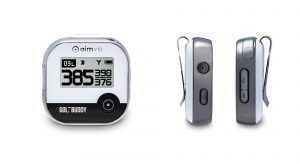
Distance measuring devices

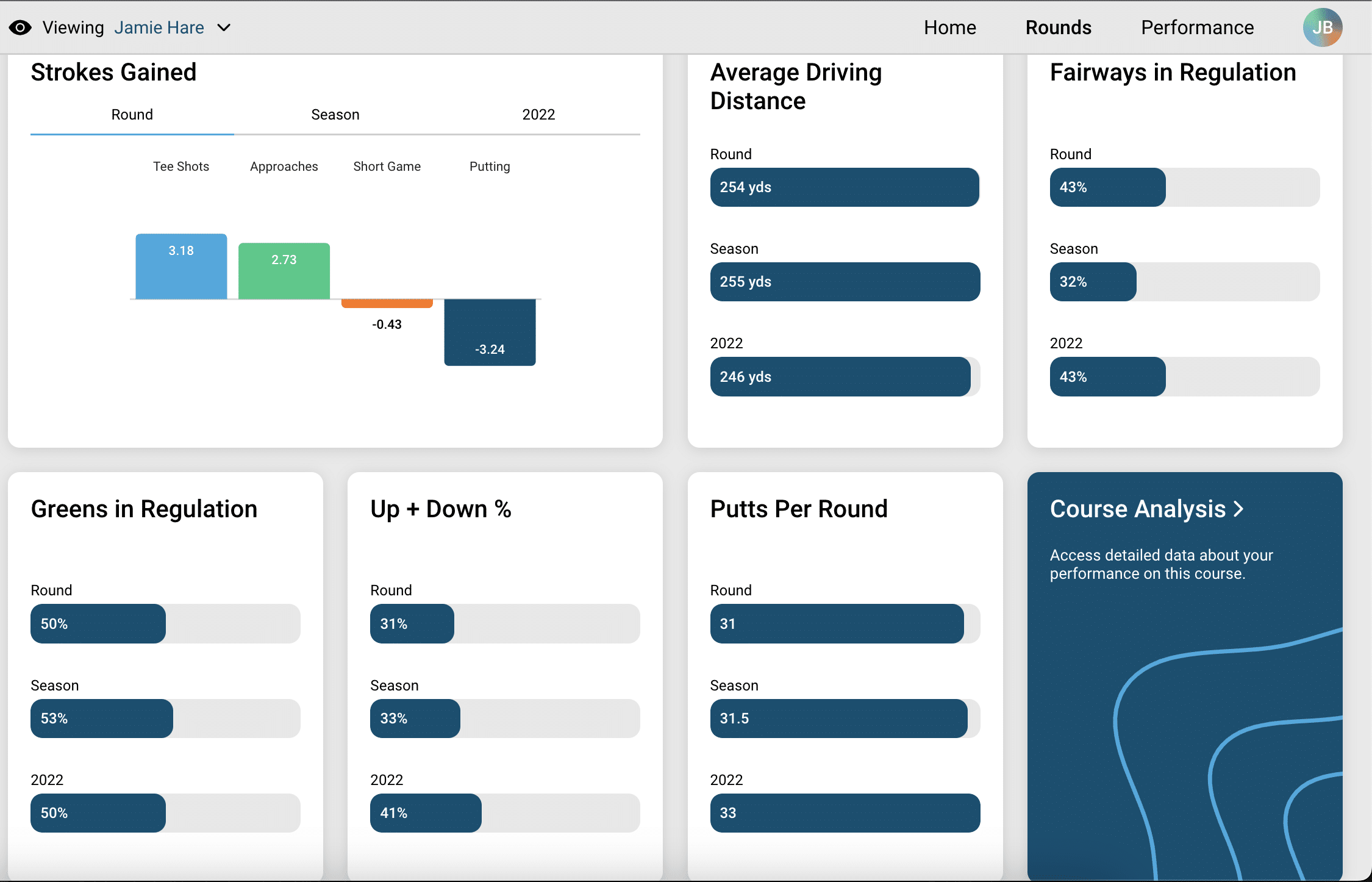
Distance measuring devices
Garmin Approach S70 GPS watch review
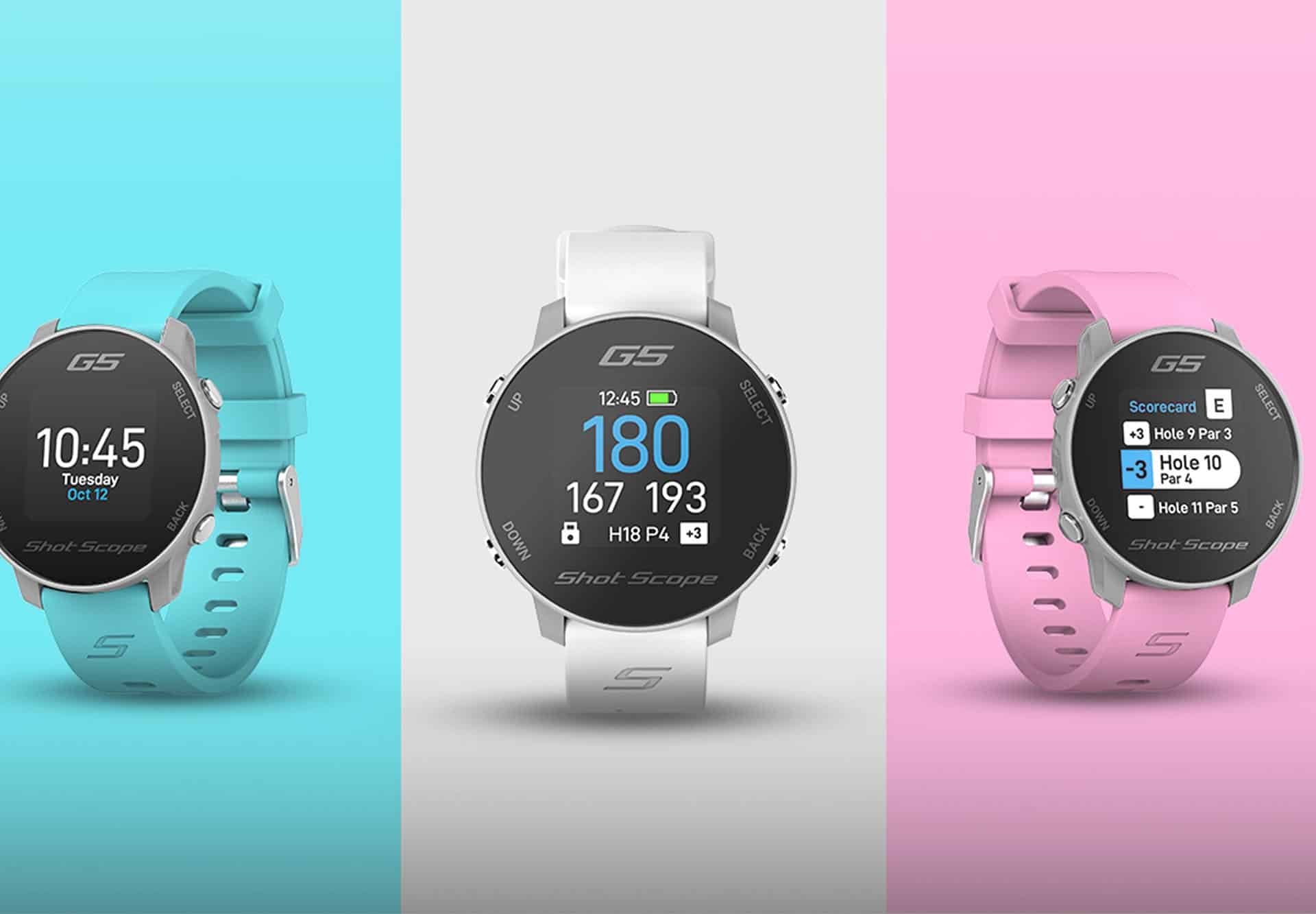
Distance measuring devices
What club should you be using around the greens?
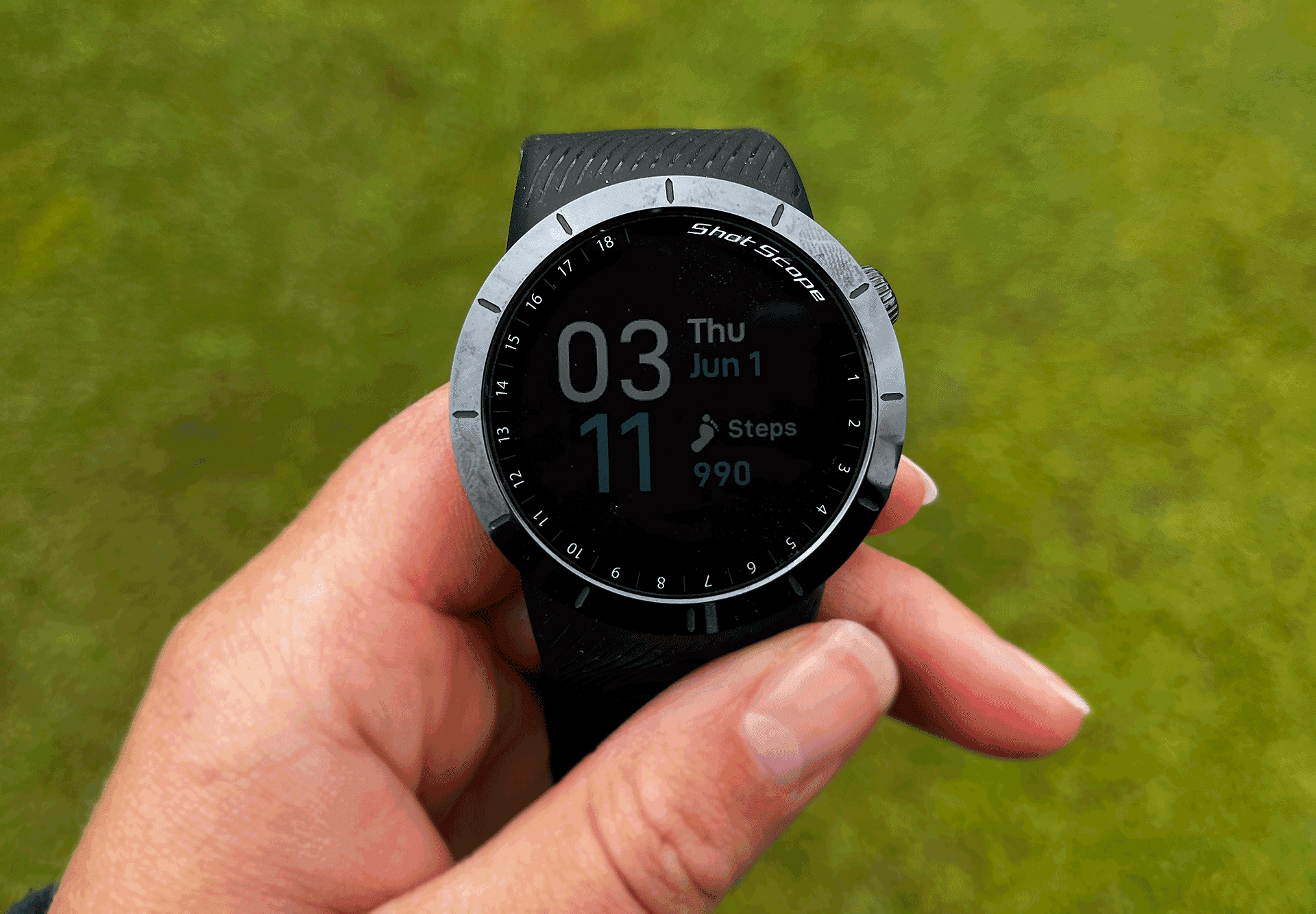
Distance measuring devices
Bushnell Tour V6 laser review
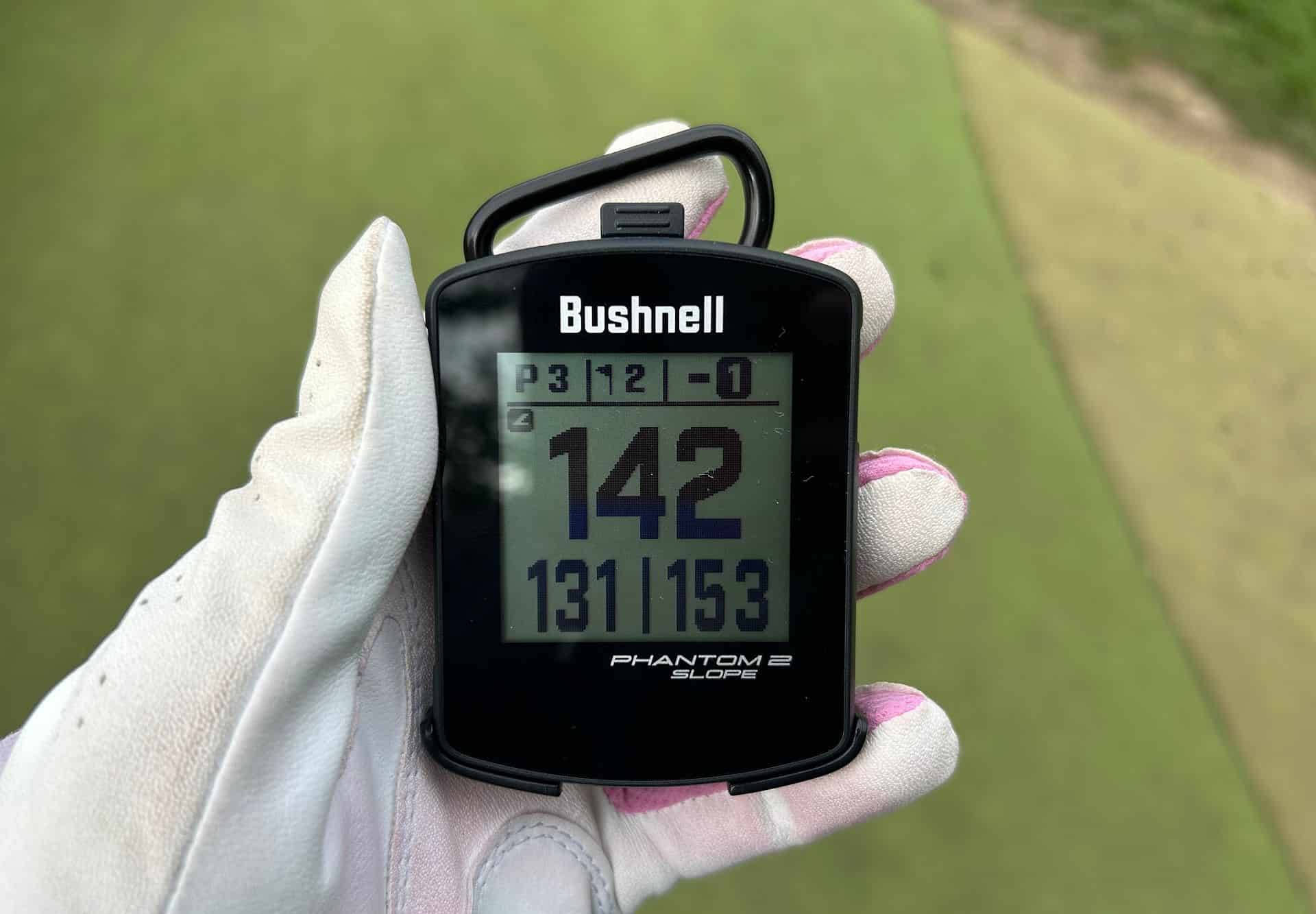
Distance measuring devices
Shot Scope Pro L2 Laser Review
By Tom Bullough
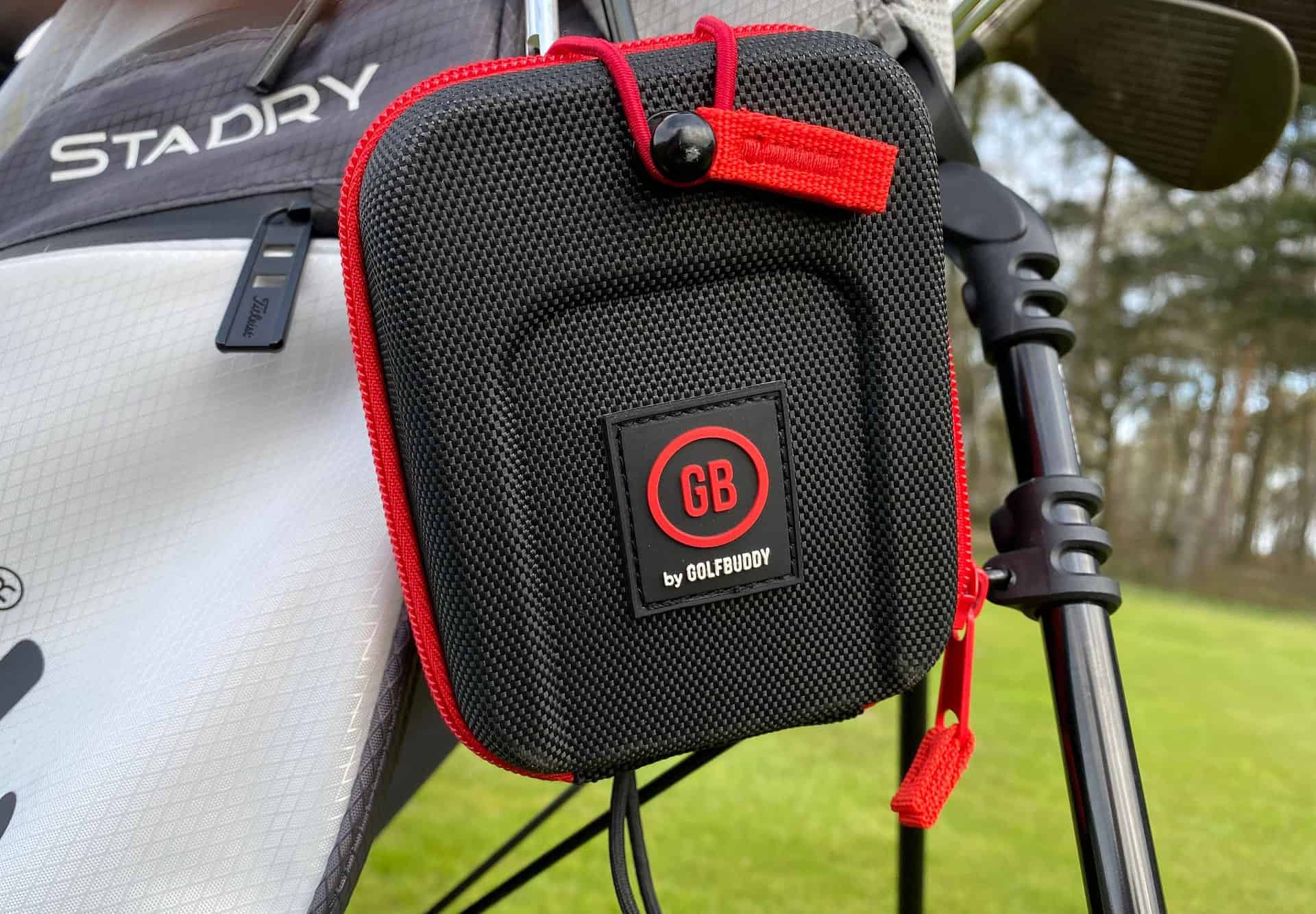
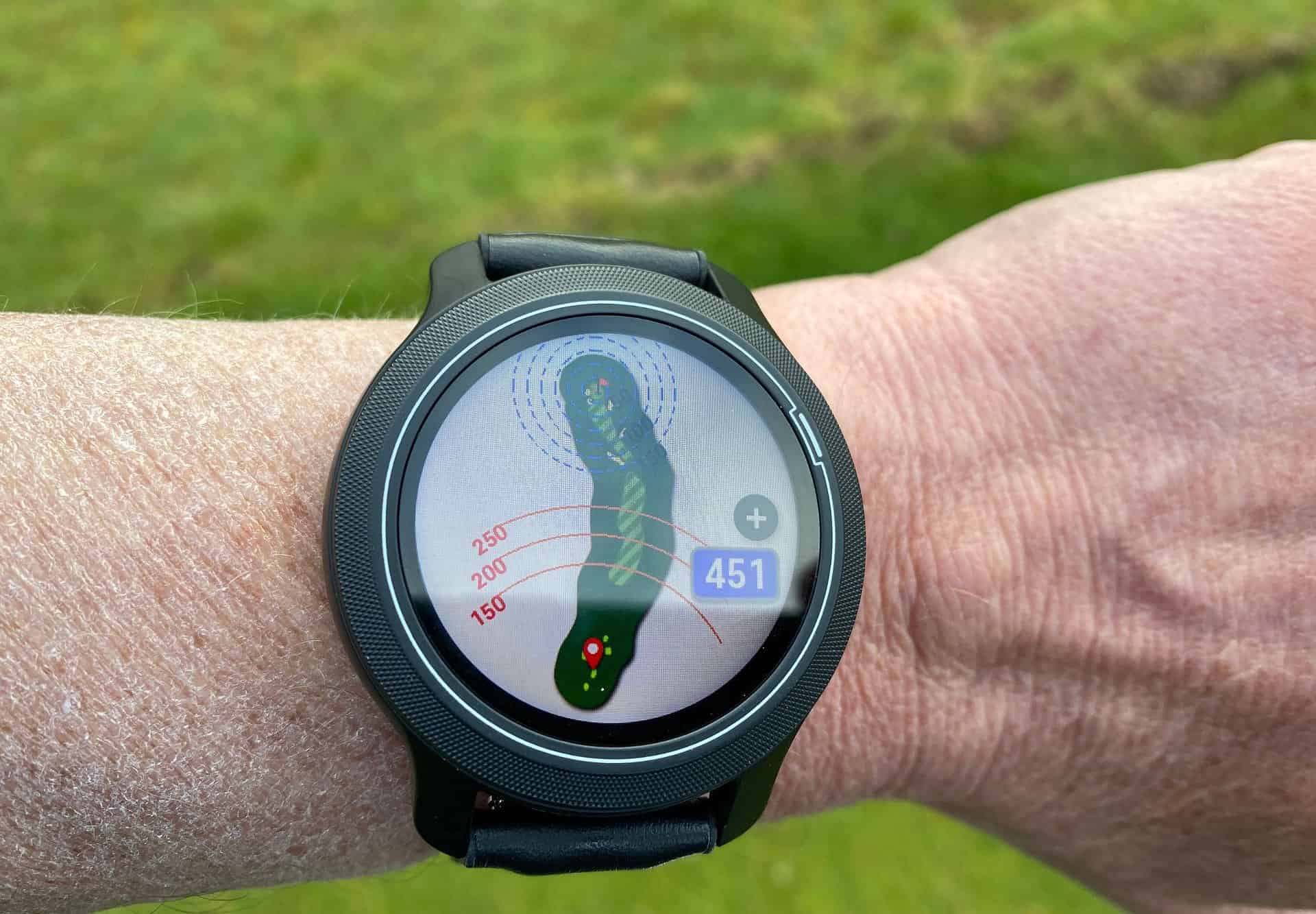
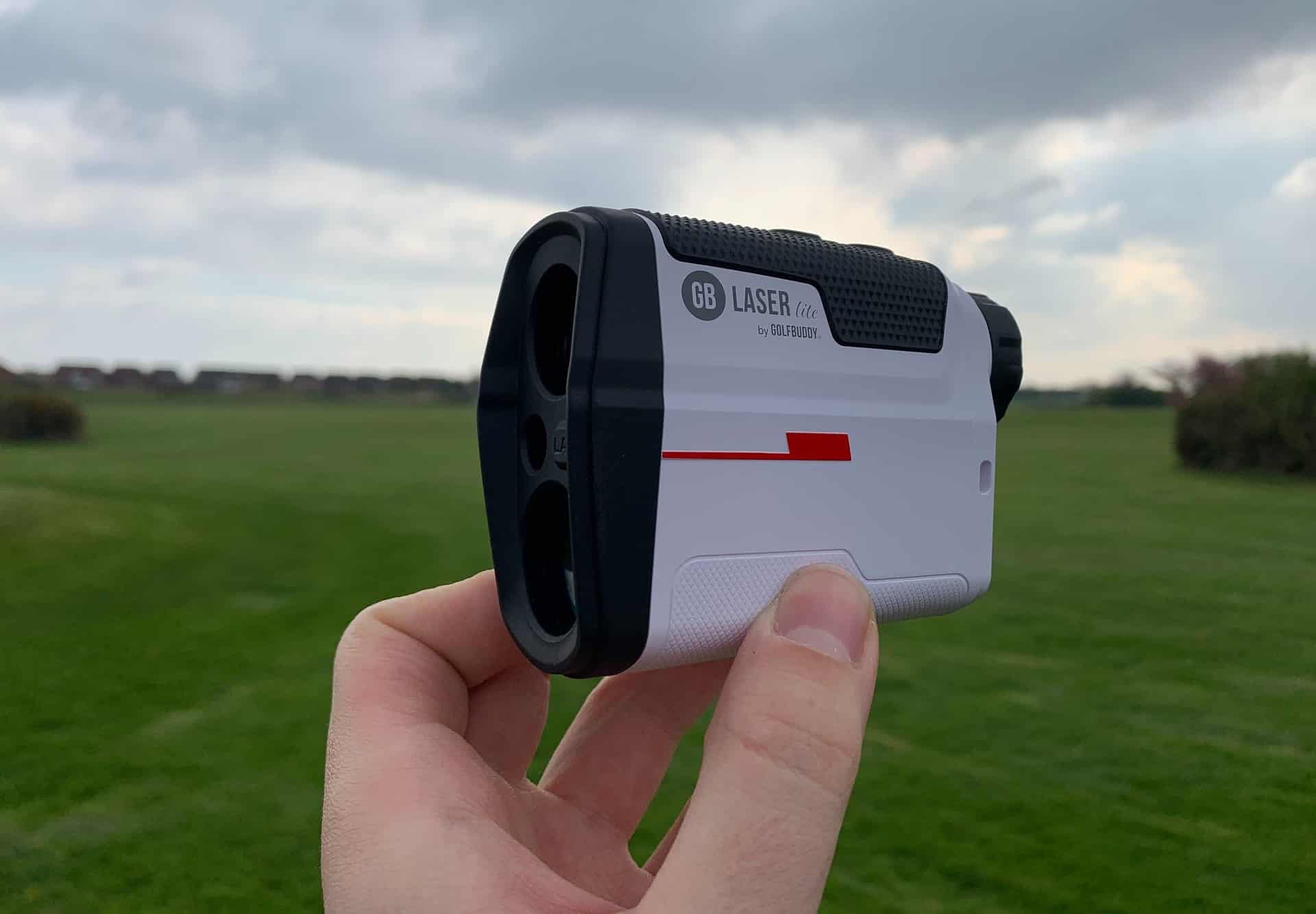
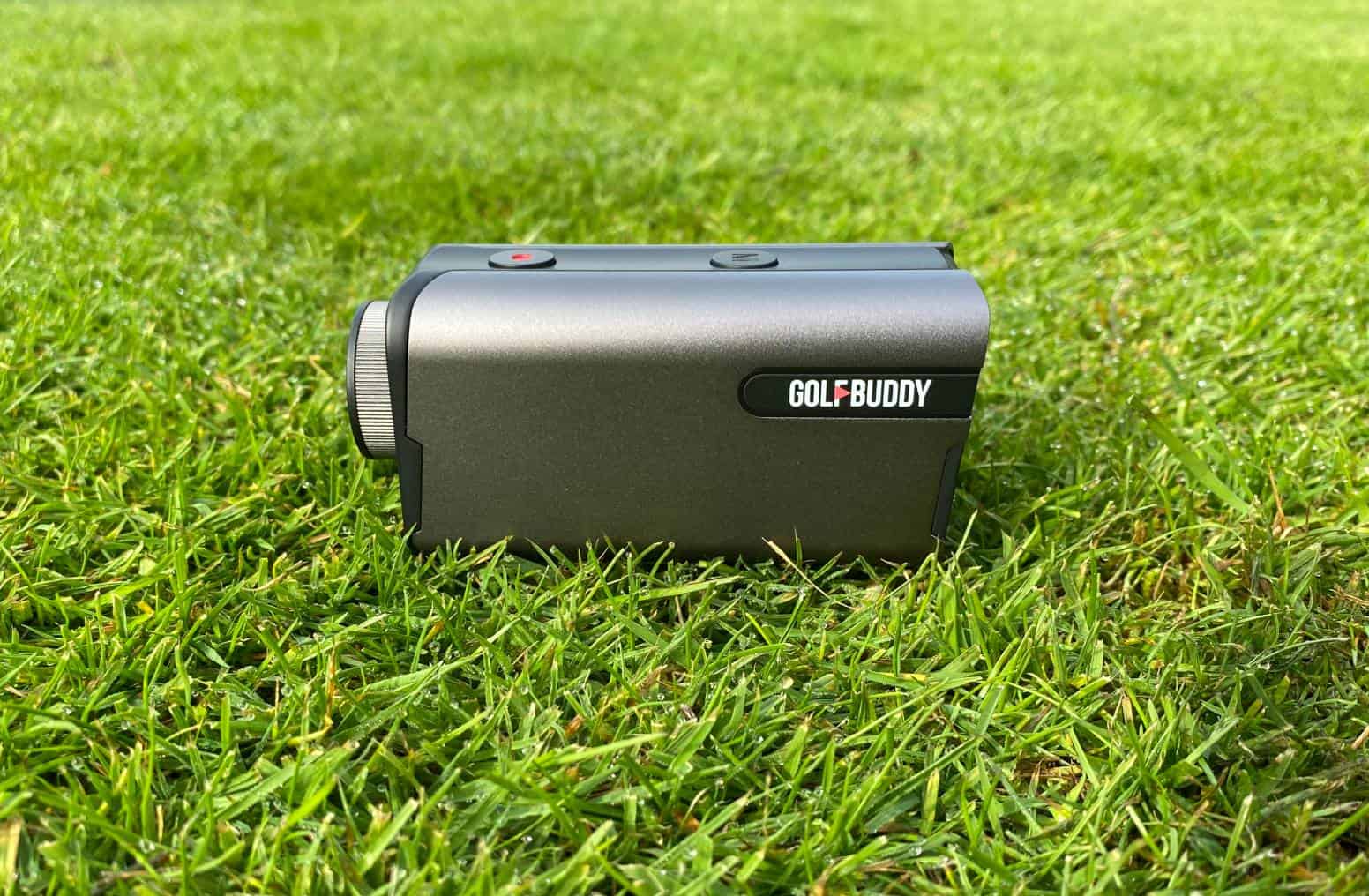
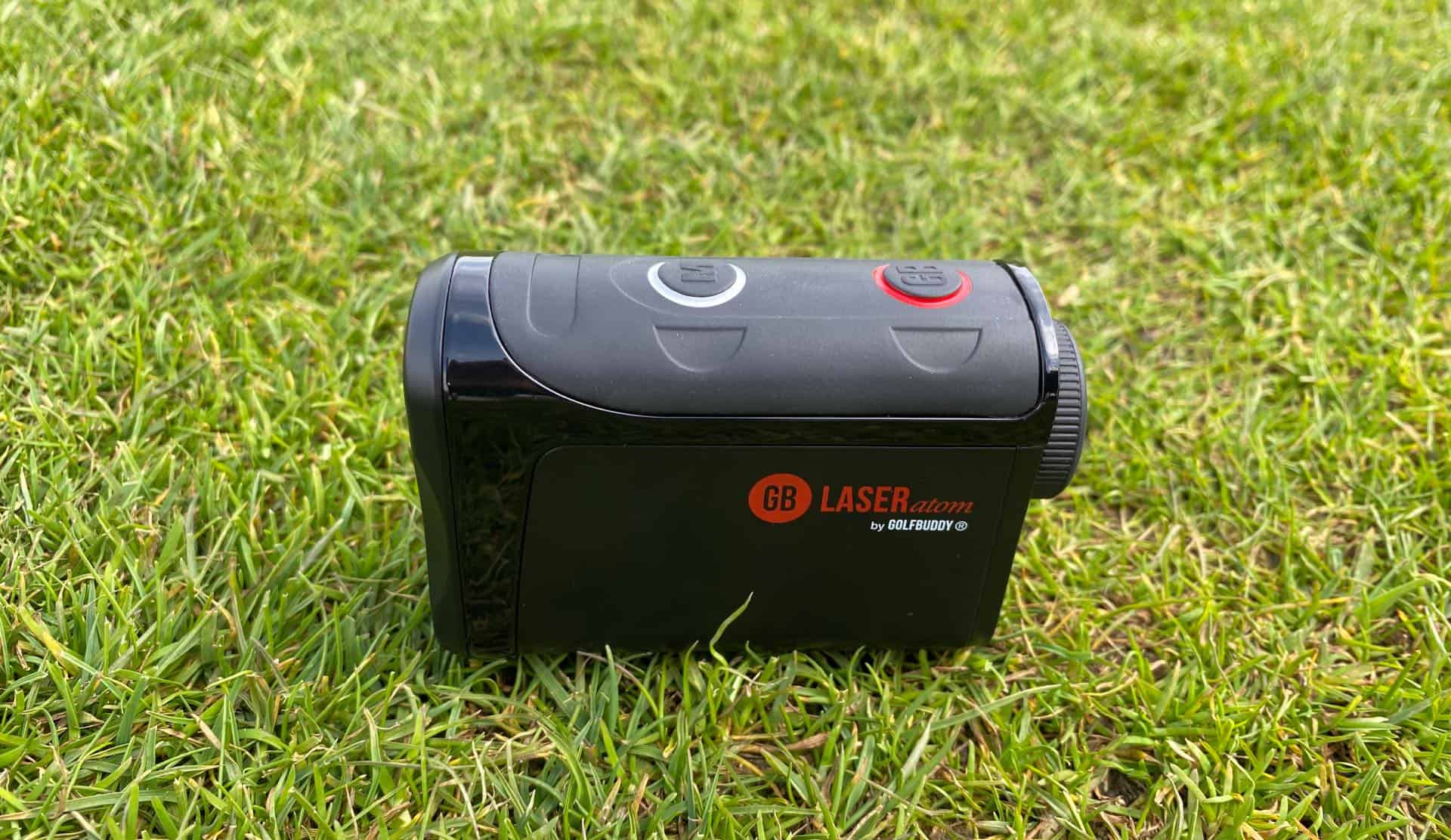
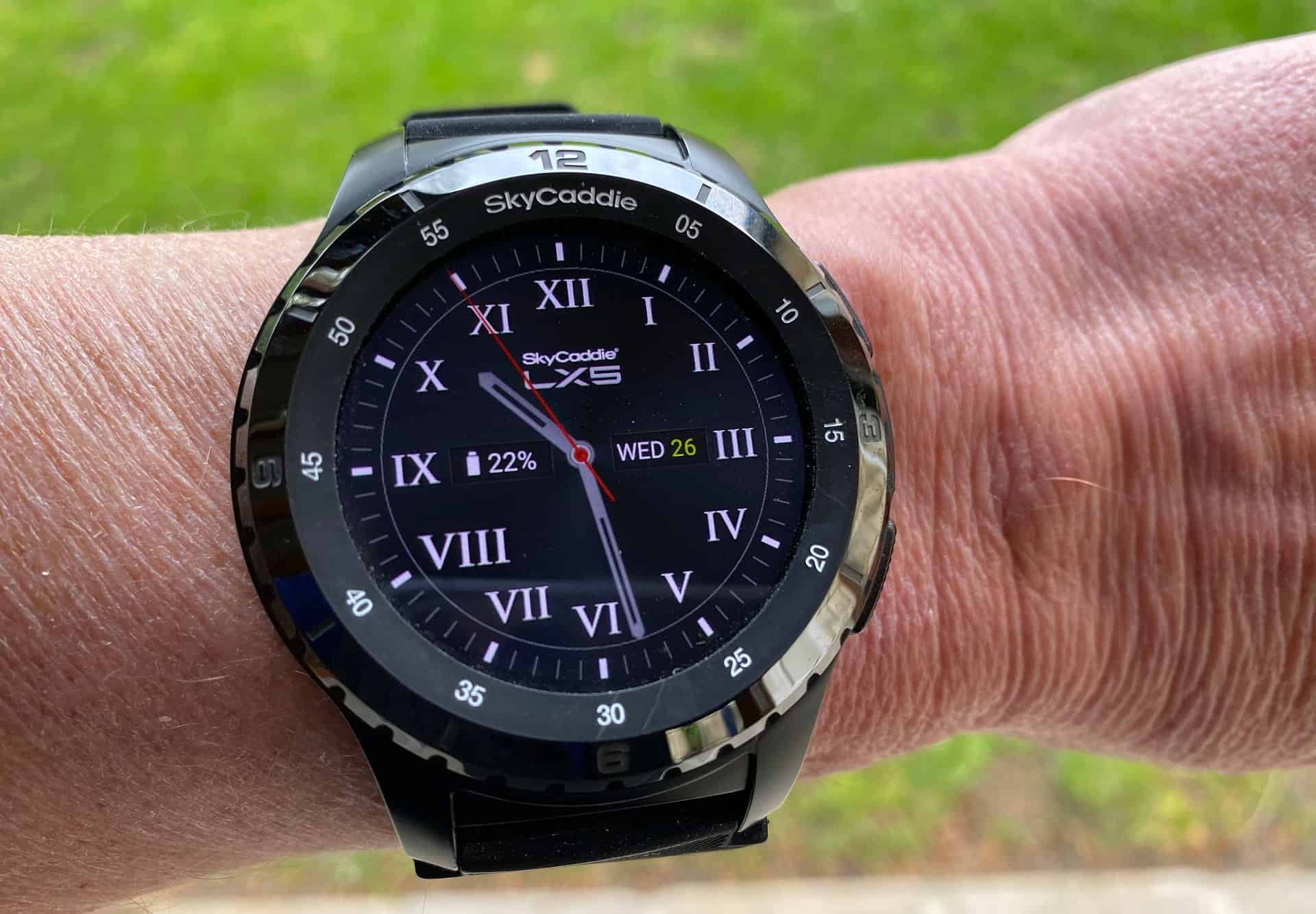

Distance measuring devices
Could expectation management be key to lowering your scores?
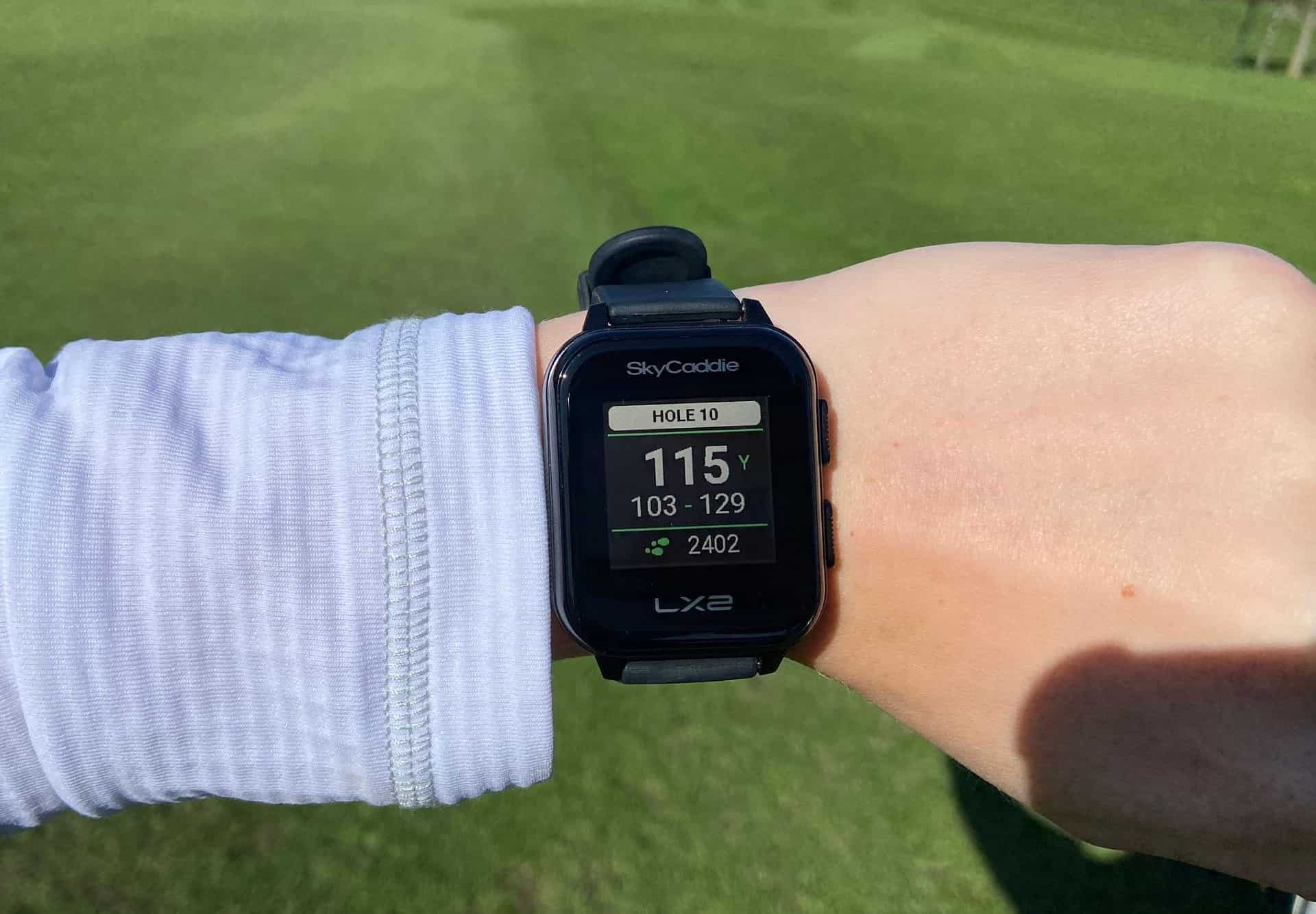


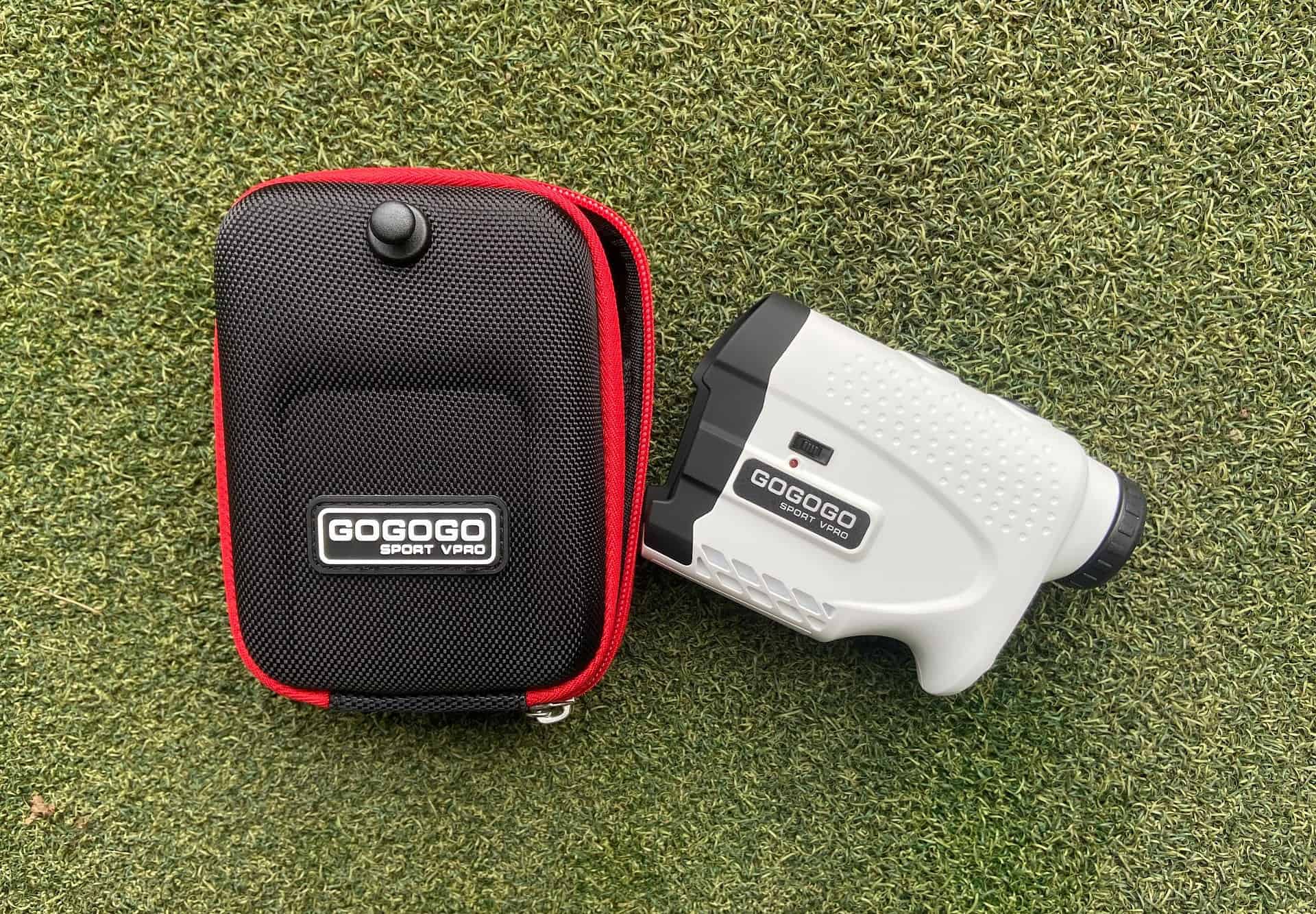
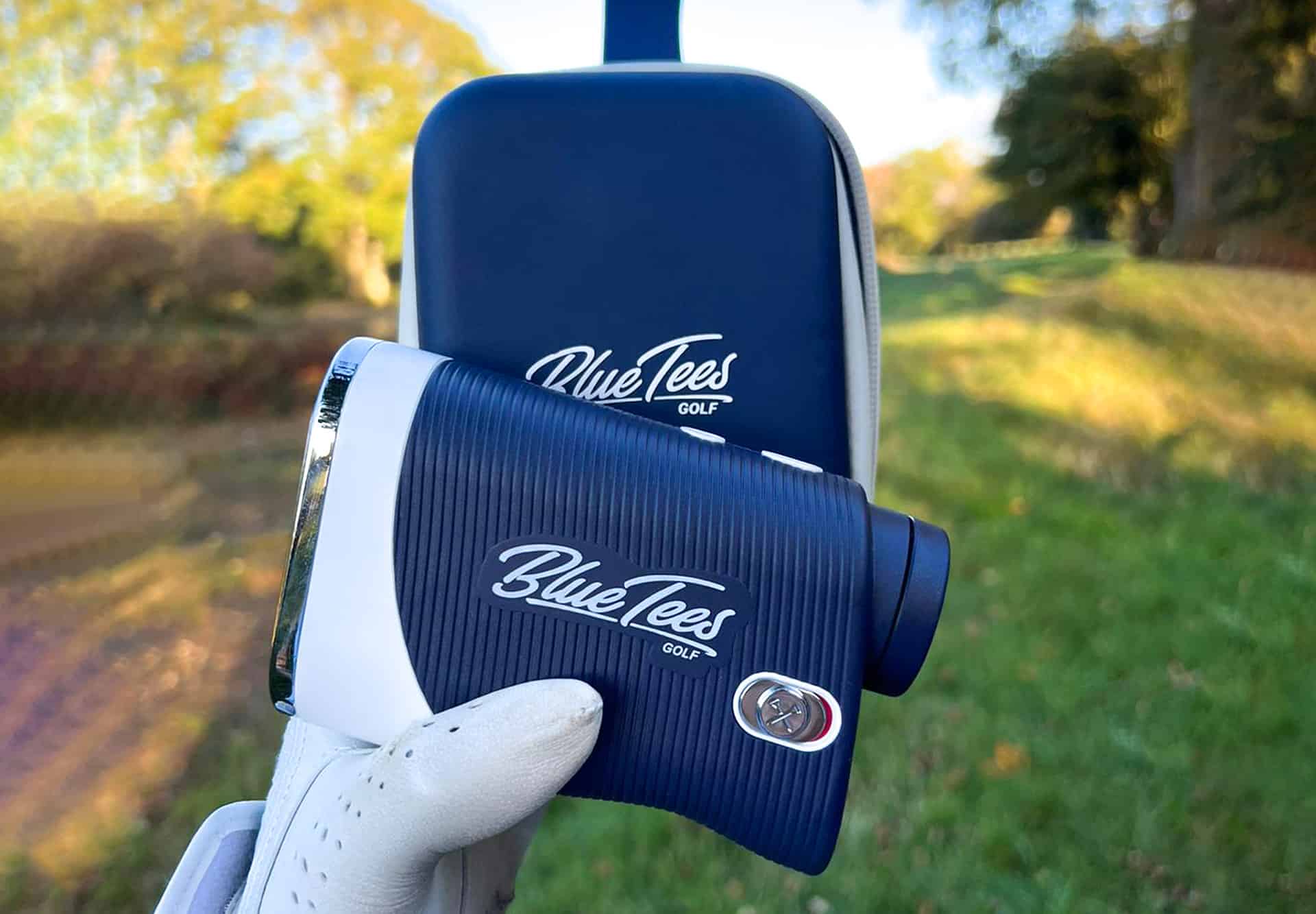
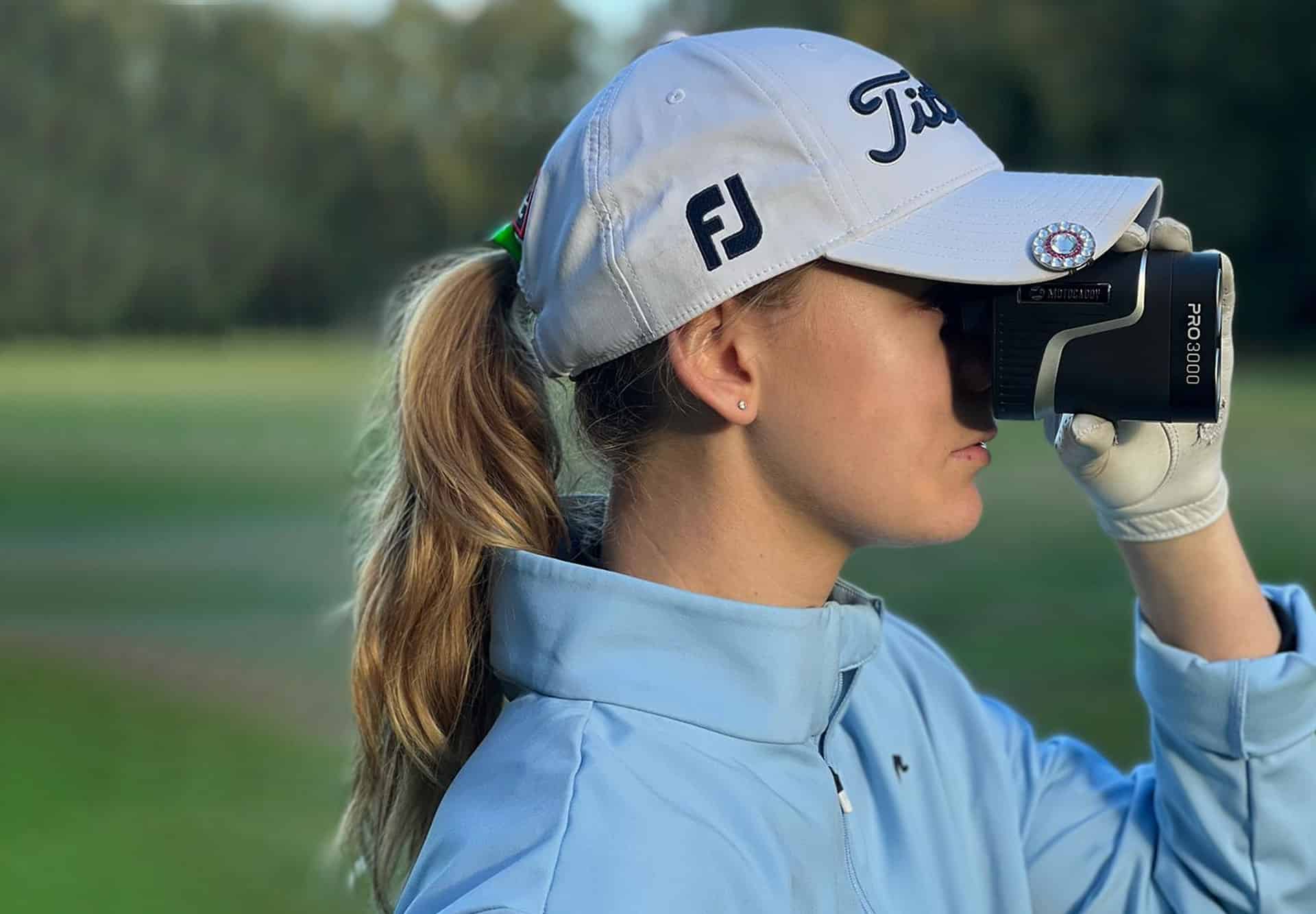
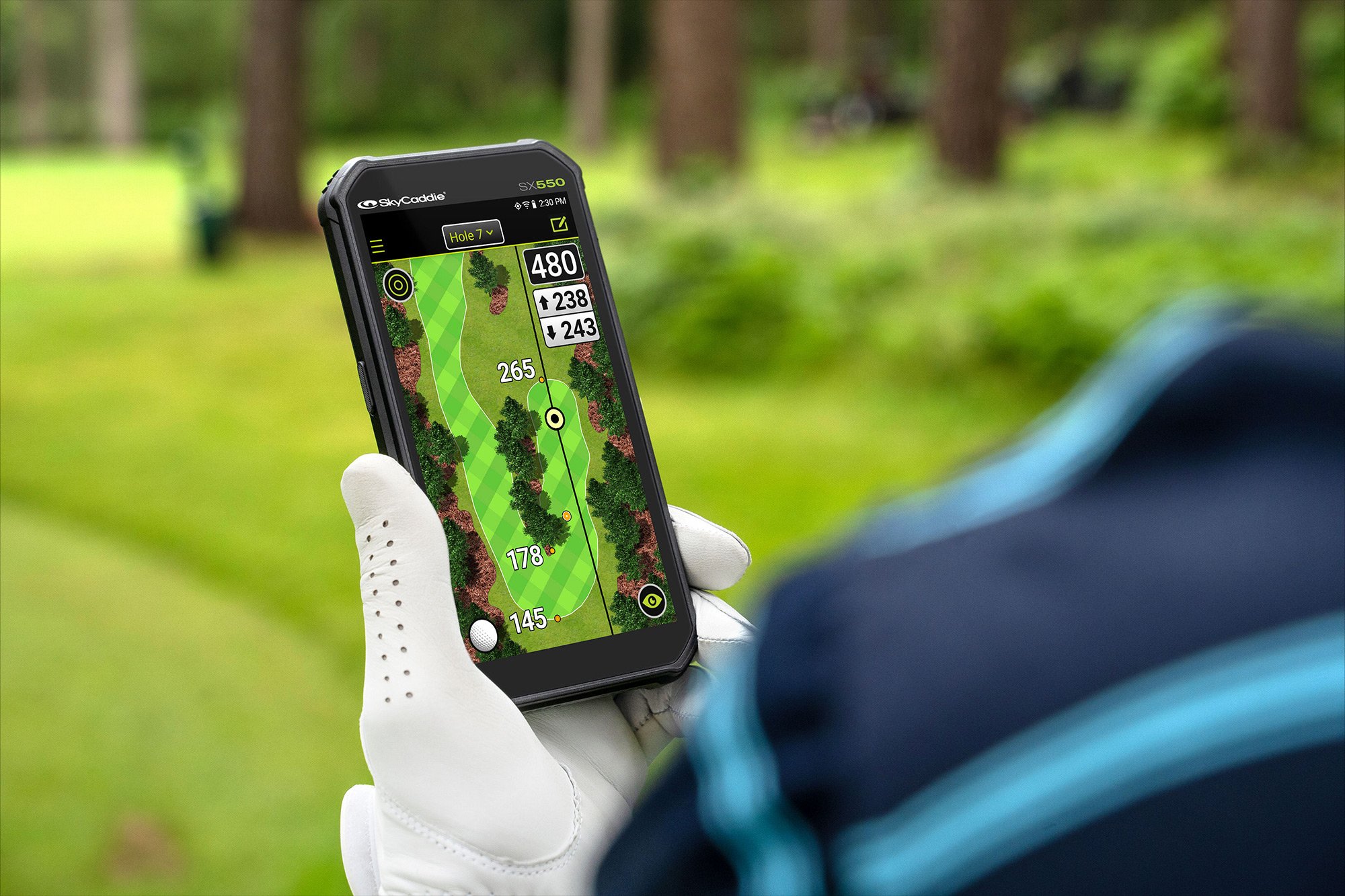

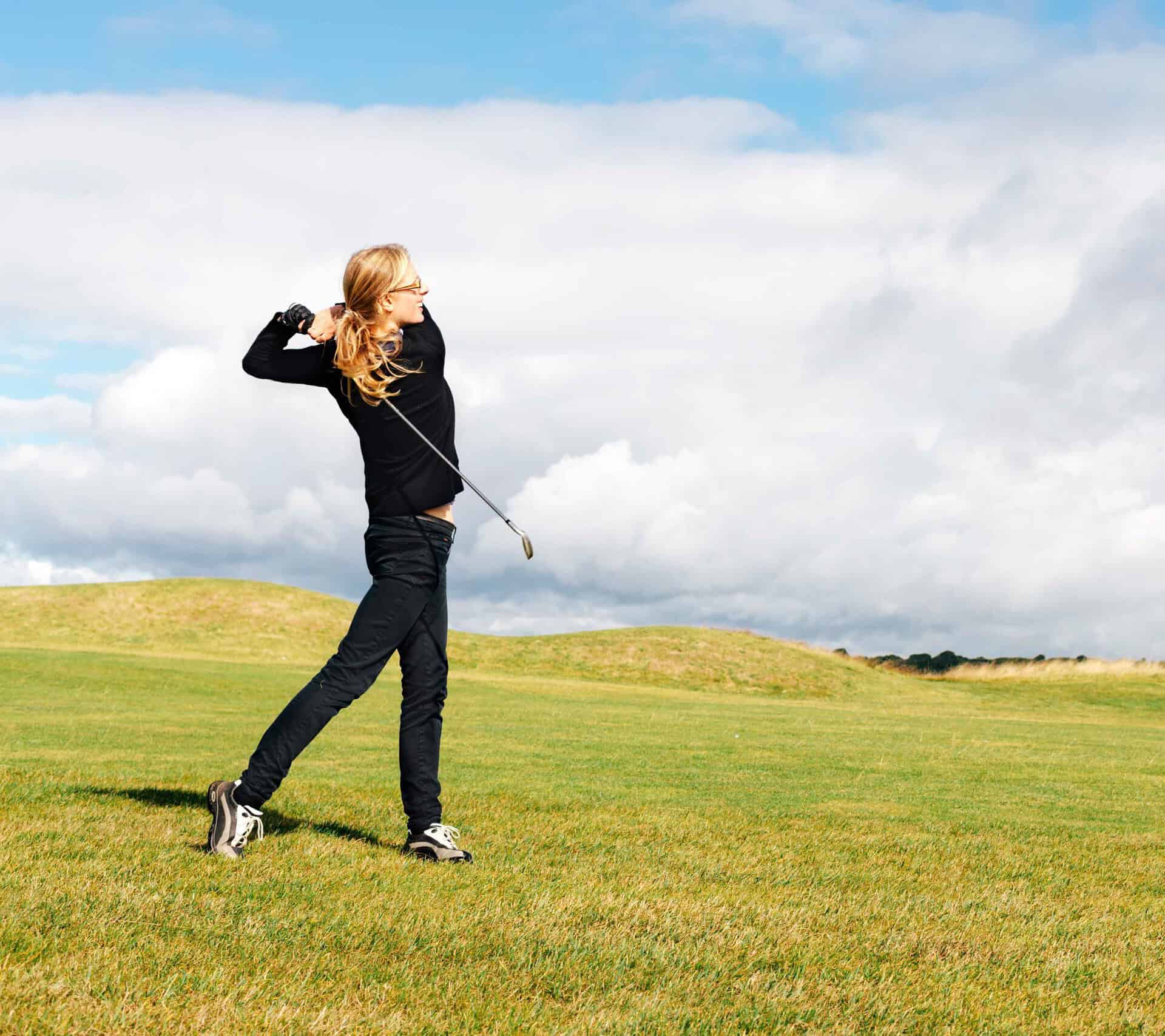

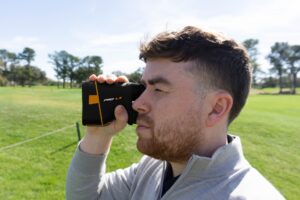
Distance measuring devices
Shot Scope course analysis: Could this app hold the secret to your next success?
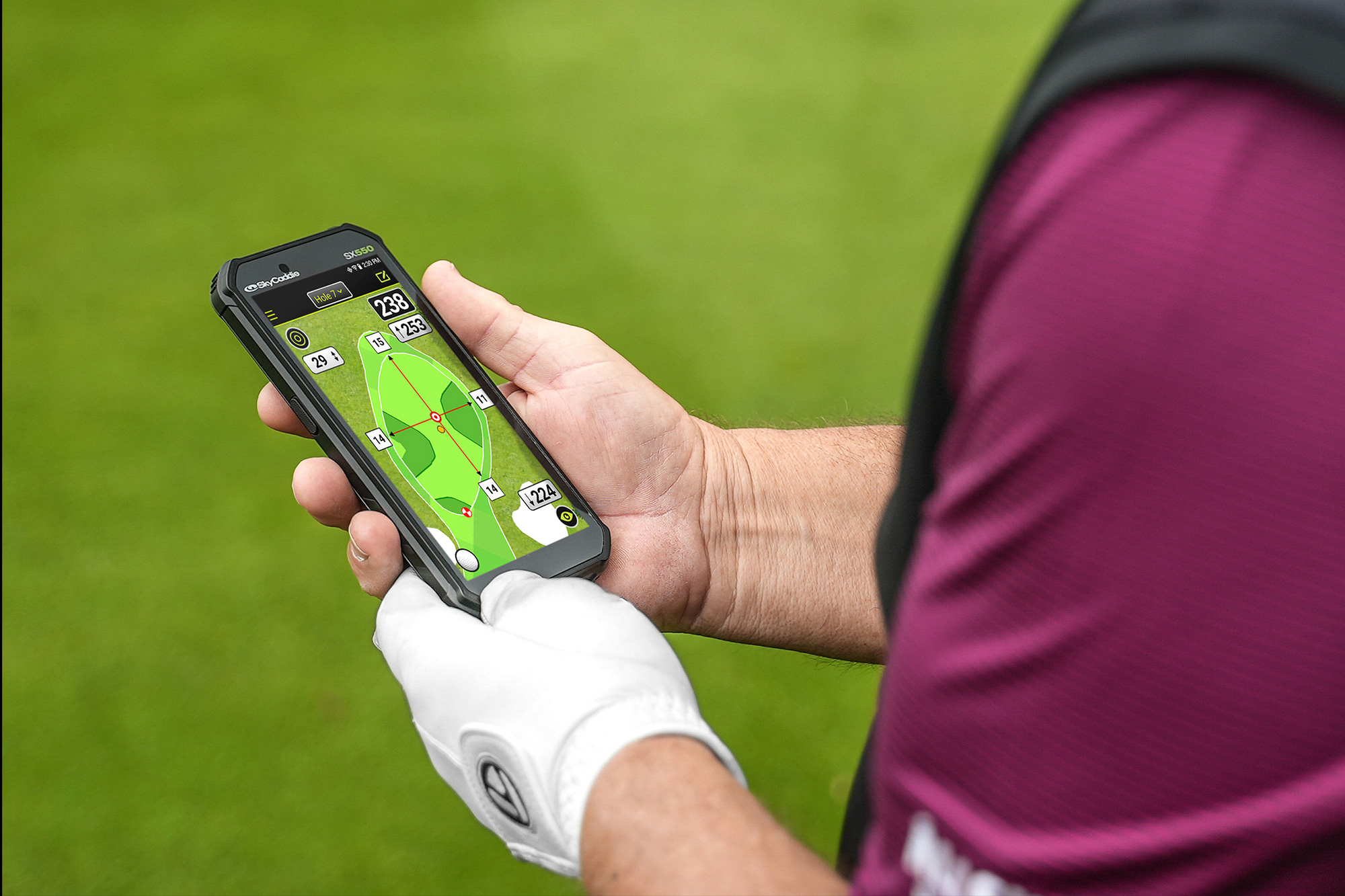
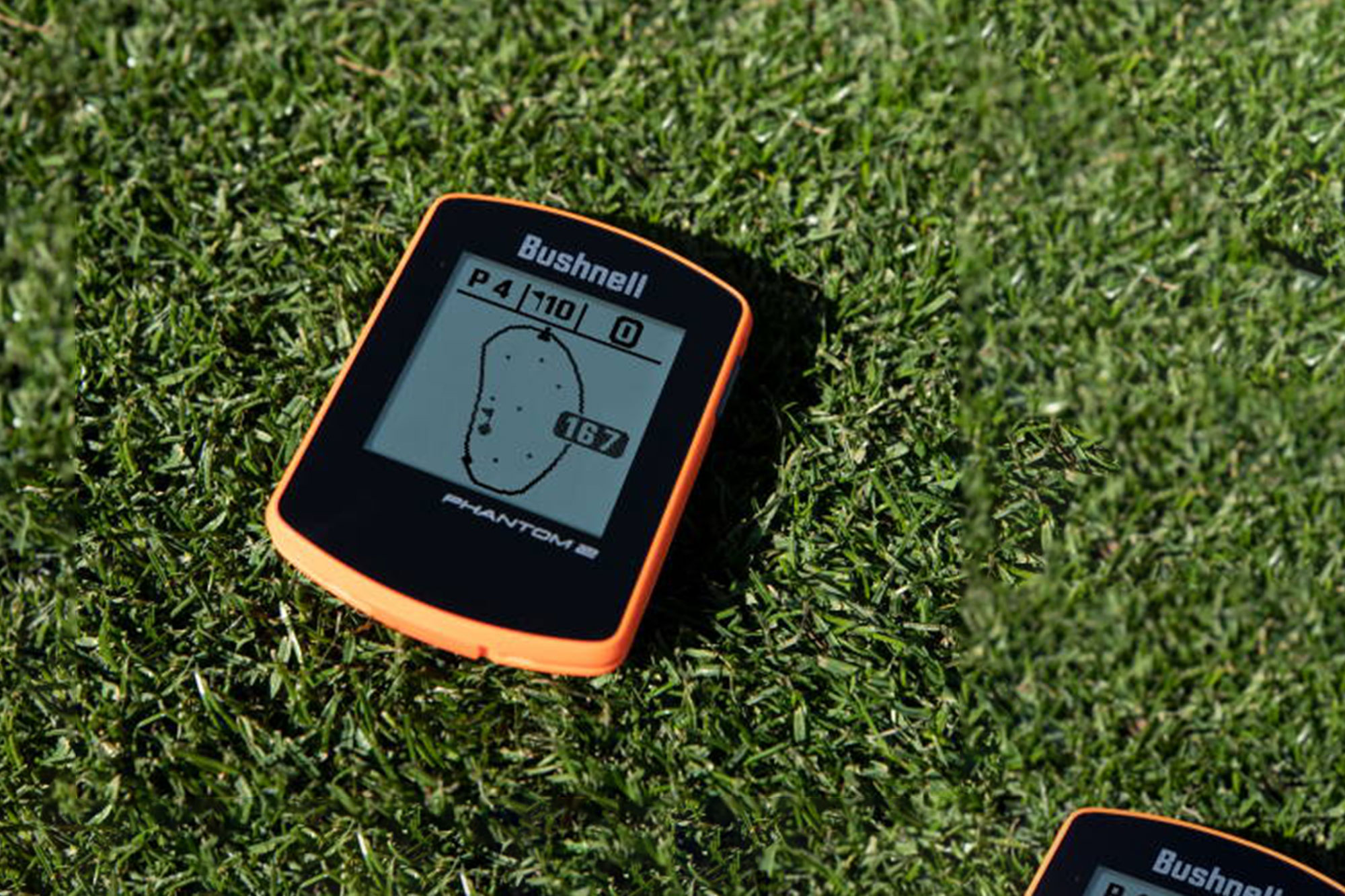
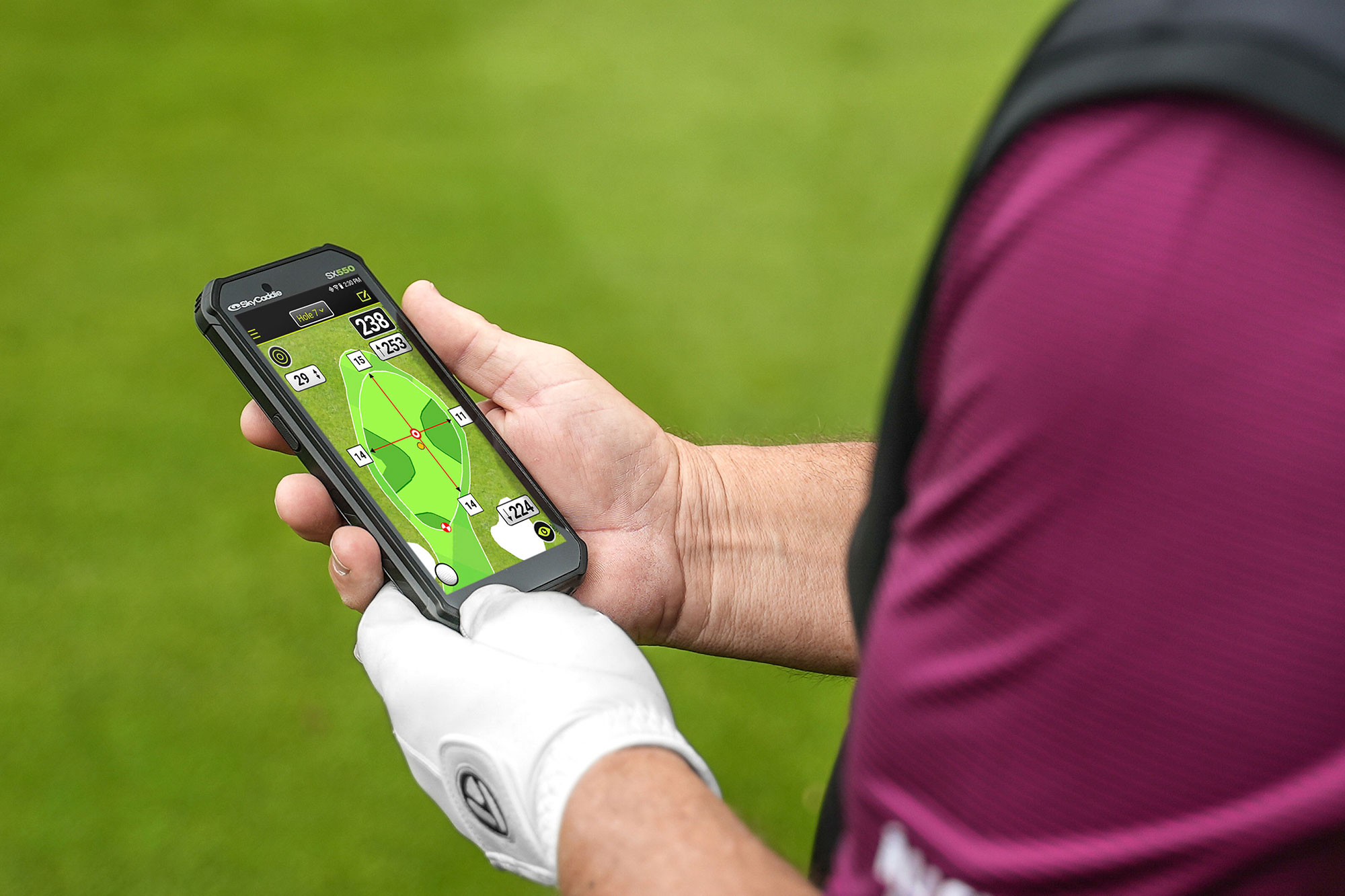
Distance measuring devices
How do you make golf’s most advanced GPS better? You make it bigger
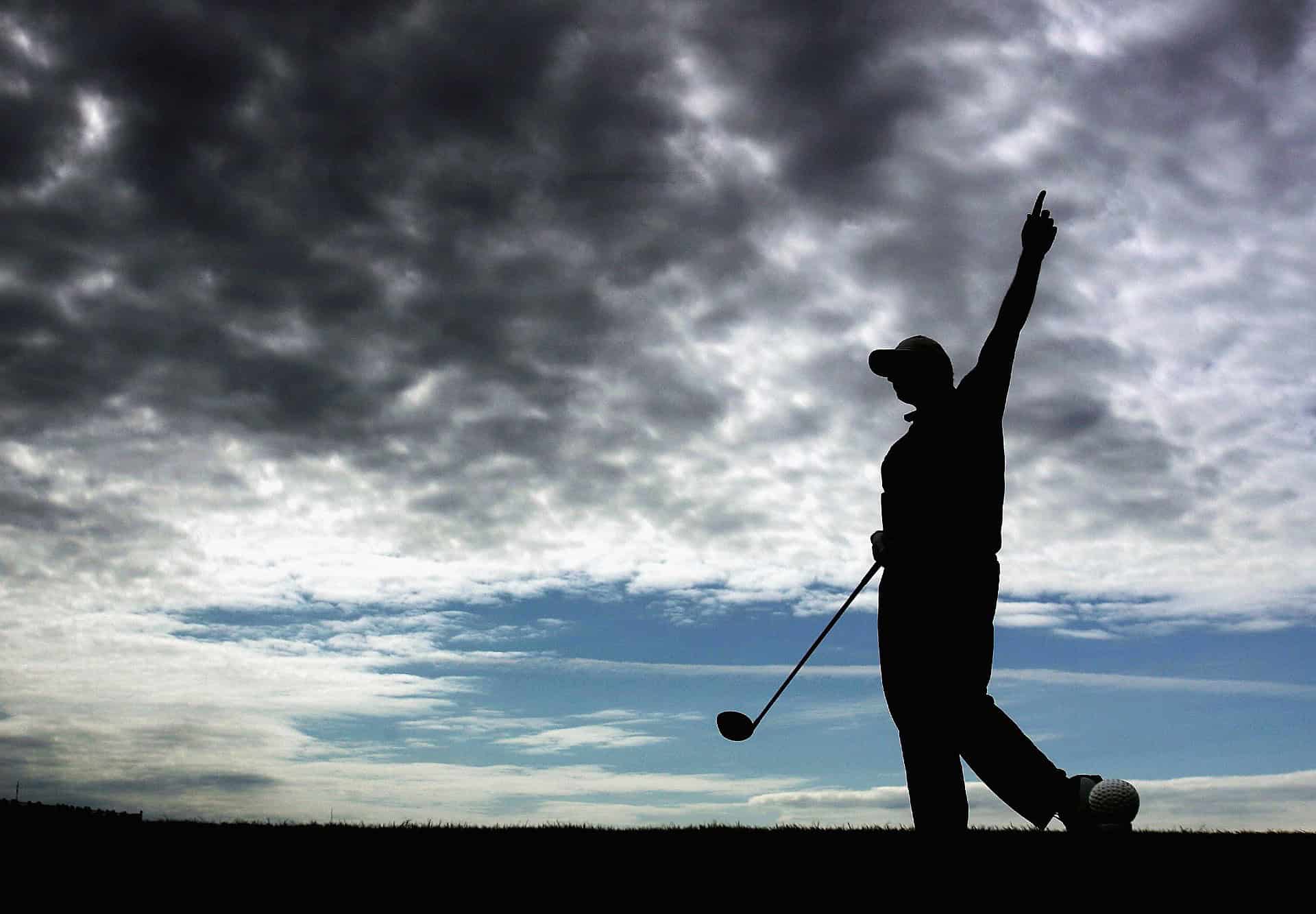
Distance measuring devices
How did your return to golf go? Compare your numbers against the rest of the country

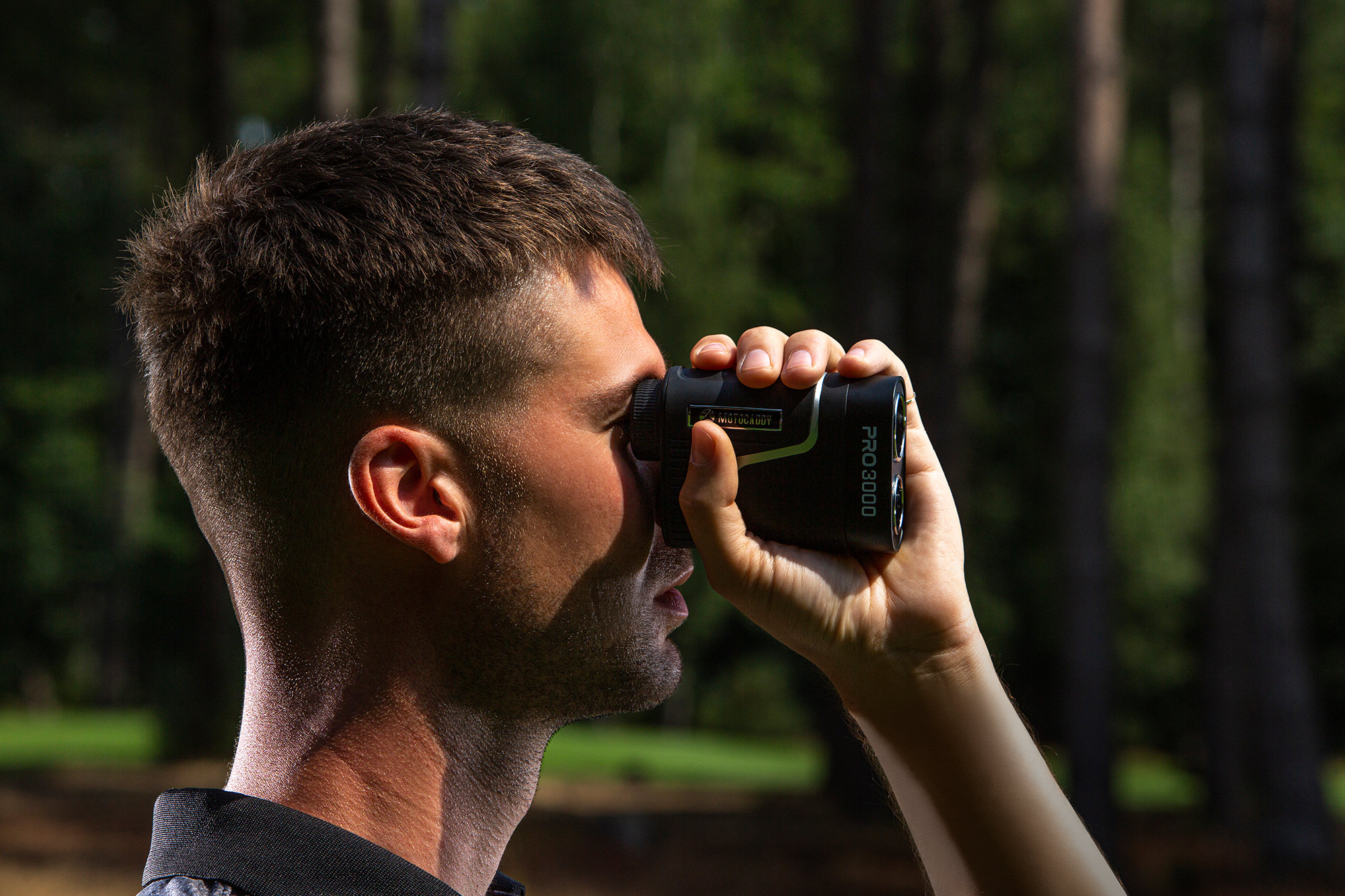
Distance measuring devices
All the Gear: A surprise addition to Motocaddy’s range, and are you willing to go plastic free?
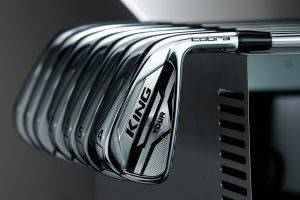
Distance measuring devices
All the Gear: Cobra’s new irons, a shark inspired sweater, and James Bond’s ball is back

Distance measuring devices
All the Gear: New limited edition Scotty? Say hello to the Justin Thomas Phantom X5.5
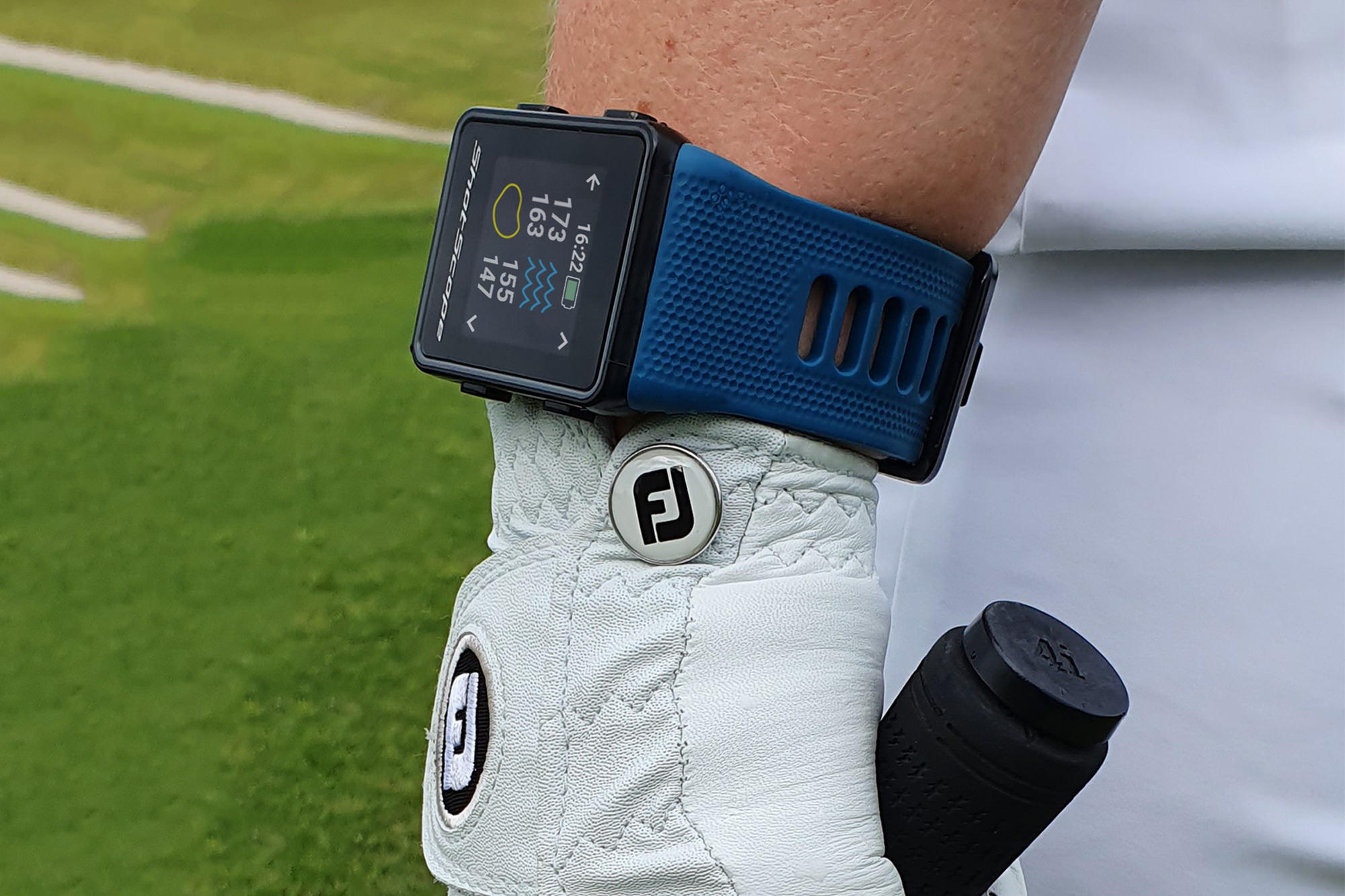
Distance measuring devices
Shot Scope have added style to the substance – but how does the V3 smart watch perform?

Distance measuring devices
All the Gear: Shot Scope gets smaller and sleeker, Motocaddy go hands free
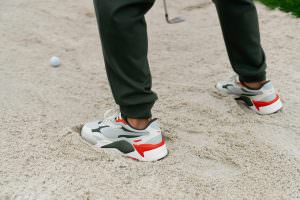
Distance measuring devices
All the Gear: Puma continue to push boundaries, and a touch of class from SkyCaddie
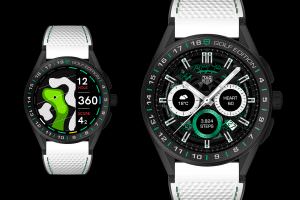
Distance measuring devices
All the Gear: New releases from Cobra and Puma, and the £2,000 GPS

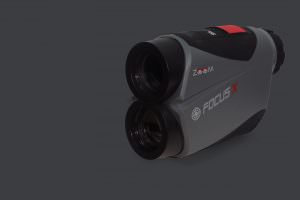


Distance measuring devices
All the Gear: Get your hands on Woodland’s winning Wilson
